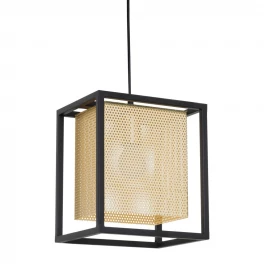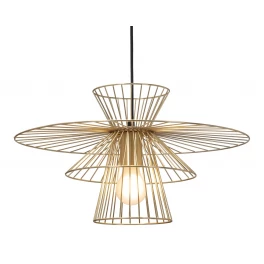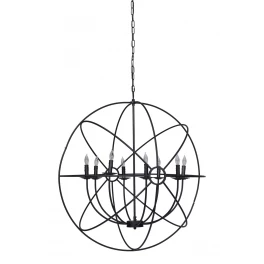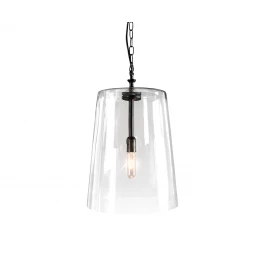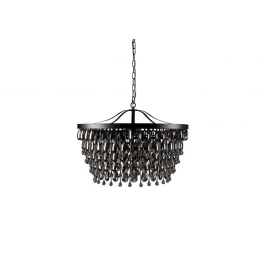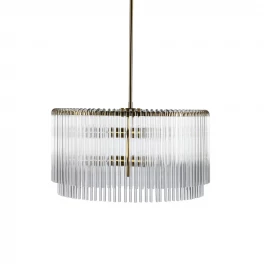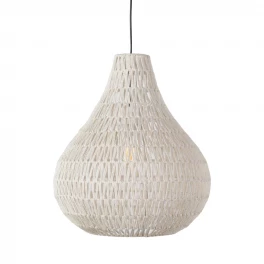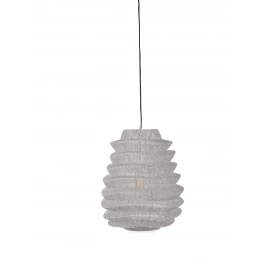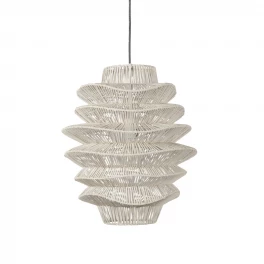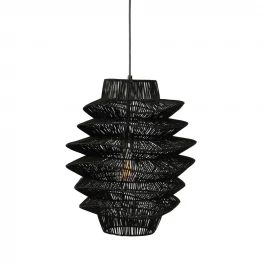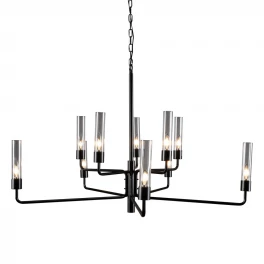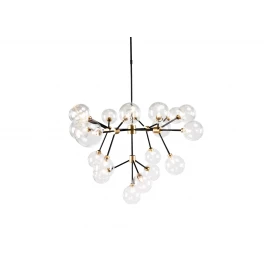Plants can do a wonderful job when it comes to adding beauty to your garden or a room in your home, and they can bring you much joy. Some can also do an outstanding job of improving the quality of the air in your home. Aside from making your house a more beautiful place to live, the following plants will create a healthier environment by absorbing toxins and carbon dioxide while also emitting oxygen.
1. Codiaeum Variegatum Pictum
The codiaeum variegatum pictum, which is also known as croton or Joseph’s coat, is an eye-catching plant with large colorful leaves that feel like leather. The leaves on a croton can be a mix of yellow, orange, and green, and a generous amount of light will make these colors more vibrant. Crotons like bright light, moist soil, and misting when the air is dry.

Photo by V_T on Shutterstock
2. Epipremnum Aureum
Epipremnum aureum, pothos, or devil’s ivy is an easy-to-grow houseplant that has green leaves that are shaped like a heart. It thrives on a moderate amount of light, but bright light will increase its rate of growth. Dry soil is this plant’s preference.

Photo by Saazaa on Shutterstock
3. Fatshedera Lizei
Fatshedera lizei is also called tree ivy, aralia ivy, and botanical wonder. Its leaves have five lobes and a white edge. This plant is a climber, but it can be pruned and shaped like a shrub.

Photo by ArtBackground on Shutterstock
Fatshedera lizei likes its soil moist in the spring and up until the fall. In the winter, it prefers that you water it less.
4. Ficus Elastica
You may have heard the ficus elastic plant referred to as the rubber plant. It’s also called the India rubber tree. Ficus elastica grows green rubbery leaves that are rather large. This plant is happiest sitting in moderate or bright sunlight. It prefers slightly moist soil in the spring and summer, and drier soil during the remainder of the year.

Photo by f2.8 on Shutterstock
5. Howea Forsteriana
The howea forsteriana is also called kentia palm, or sentry palm. This plant has thin, dark green leaves that seem to fan out. It grows best in bright light, and it’s fond of lightly moist soil during the spring and summer months. Dryer soil is its preference the other two seasons.

Photo by Yakov Oskanov on Shutterstock
6. Monstera Deliciosa
Beautiful, but poisonous, is the monstera deliciosa. It’s also known as Swiss cheese plant and split-leaf philodendron. The large green leaves on this plant have holes in them, like Swiss cheese. Monstera deliciosa does not like direct sun, but it does like light that ranges from moderate to bright. Dryer soil is its preference, especially in the winter. Get more tips on this trendy plant here: “Monstera Deliciosa: What It Is and How to Care For It.”

Photo by Yakov Oskanov on Shutterstock
7. Pilea Cadierei
Other names for pilea cadierei are aluminum plant and watermelon pilea. This outstandingly beautiful plant has leaves that look like they are speckled with silver paint. Moderate or bright light suits the pilea caldierei well. So does lightly moist soil and a humid environment.

Photo by Amnard Silabut on Shutterstock
8. Pteris Cretica
The pteris cretica, or brake fern, has long slender leaves. The leaves are green with ruffled edges that give this plant a lacy appearance. It desires moderate light in the spring and up until winter. Winter is when it favors bright light.

Photo by Krittin Teerawittayaart on Shutterstock
Now that you know more about these clean living houseplants, you may want to choose the ones that appeal to you the most. If you do, purchase your plants from a nursery, and place them in your home to reap the benefits they have to offer. Enjoy a healthier environment with these clean living houseplants.




